Tags :: Vatican Film List
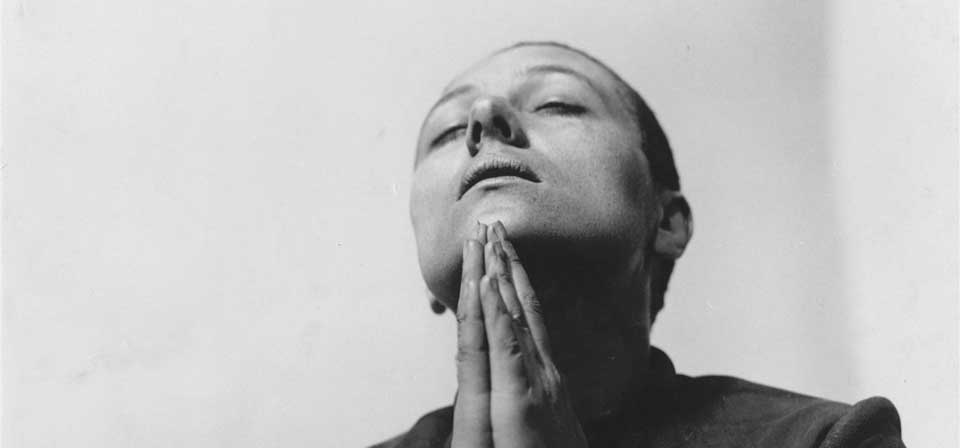
The Passion of Joan of Arc (1928)
The film is more than a dramatization, more than a biopic, more than a documentary: It is a spiritual portrait, almost a mystical portrait, of a Christ-like soul sharing in the sufferings of Christ.
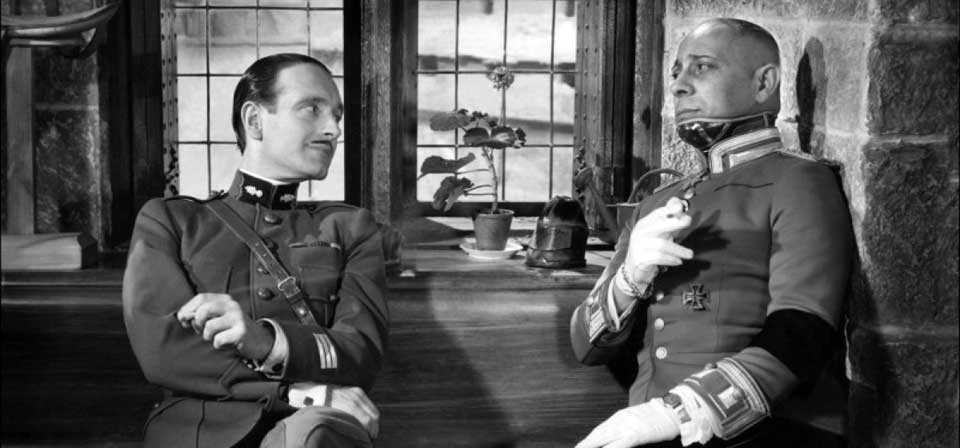
Grand Illusion (1937)
Asked what he was trying to do in Rules, Renoir is reported to have said, “I don’t care.” With Grand Illusion, it may not be much easier to say what he’s trying to accomplish, but there is no doubt that he cares.

The Leopard (1963)
One comes, like these Redshirts, as a cultural sightseer to The Leopard, with its palatial grandeur, replete with lavish, painterly images of the bygone glory of the Italian aristocracy: already in their own day semi-mythological figures, as we see in a vignette in which Father Pirrone, tries to explain to the common people the mysterious ways of the nobility: “They live in a world apart, not created by God, but by themselves.”
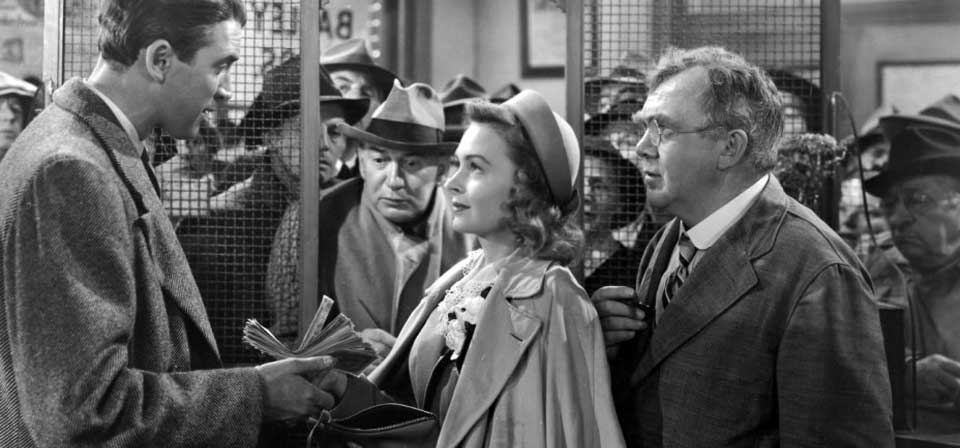
It’s a Wonderful Life (1946)
The truth is that It’s a Wonderful Life is both darker and more subversive than its popular reputation as cheery holiday “Capra-corn” would suggest, and more robustly hopeful than cynics and hipster deconstructionists would have it.

Bicycle Thieves (The Bicycle Thief) (1948)
Relate the plot of Bicycle Thieves in a few sentences, and a person who had never seen the film might be forever haunted by it.
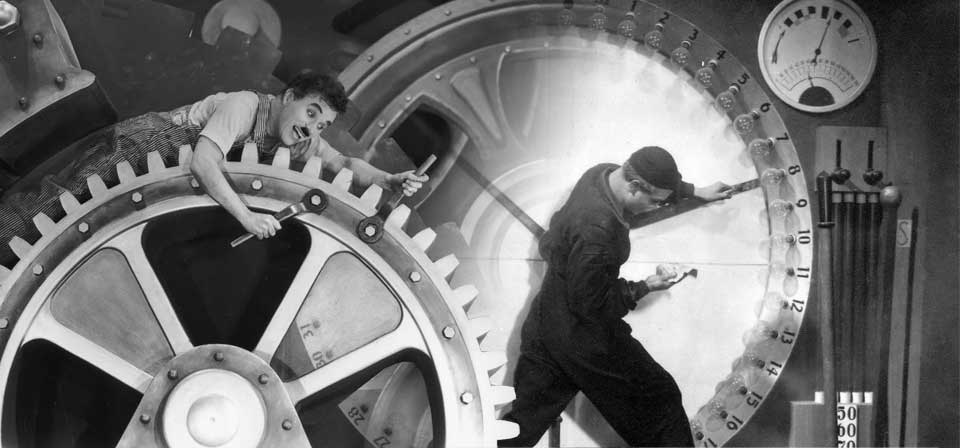
Silent rage against the machine: Metropolis and Modern Times
Metropolis is an operatic, dystopian science-fiction parable with roots in various sources including biblical and medieval Christian imagery, while Modern Times is a satiric comedy at times recalling Dickens and anticipating “Dilbert.” Yet the two films converge around political, economic, social, and technological themes.
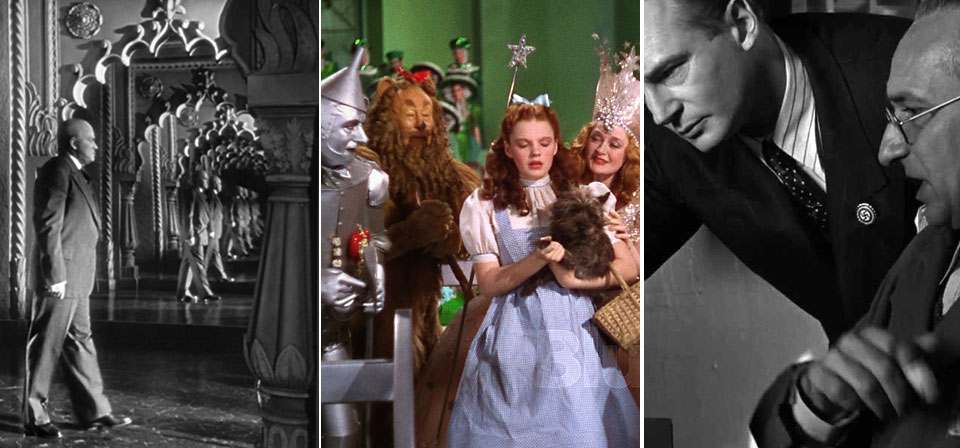
The greatest American films: Film critics vs. the Vatican
One much-noted point about the BBC list is how few Academy Award Best Picture winners made the list. Naturally, I’m interested in a different comparison: How does the BBC list compare to the 1995 Vatican film list?
The Wizard of Oz [video]
Digitally remastered from the original negatives, painstakingly restored, The Wizard of Oz celebrates its 75th anniversary in style. Here’s my “Reel Faith” 60-second tribute to this beloved classic.
Over the Rainbow: The Wizard of Oz Turns 75
So many songs about rainbows and what’s on the other side? What was Kermit talking about? There’s only one song like that … and one movie that embodies the childhood magic Jim Henson wanted to evoke.

Citizen Kane, André Bazin and the “Holy Moment”
Everyone knows that Citizen Kane — celebrating its 70th anniversary with this week’s 3-disc Blu-ray debut — enjoys a bulletproof reputation as The Greatest Movie Ever Made … What isn’t so generally known is that the film’s prominent place in so many film classes — and for that matter, the fact that there are film classes in the first place — has a lot to do with the work of a revolutionary Catholic film critic and theorist, André Bazin, whose critical theories were shaped by the same tradition of Christian personalist philosophy that informed the writings of Pope John Paul II.
Fantasia and Fantasia 2000: Revisiting the Sistine Chapel of Disney Animation
(Newly available on Blu-ray/DVD) Rather than a static motion picture, Fantasia was originally conceived as a repertoire, a selection of presentations that over time could be augmented by new pieces while old ones were retired, like an orchestra rotating its concert lineup … Ten years ago, amid the wreckage at the end of the 1990s Disney Renaissance, the Disney studio marked Fantasia’s 60th anniversary with Fantasia 2000, a film intended to honor in a way the original repertory conception of Fantasia.
Roma, città aperta [Open City] (1945)
Developed in Rome during the Nazi occupation, shot in the Eternal City shortly after the Nazi withdrawal, Roberto Rossellini’s Rome Open City stunned audiences the world over who saw in it an unmediated authenticity more evocative of the documentary quality of wartime newsreels than of the artificiality of earlier, more conventional WWII dramas.
Roberto Rossellini’s War Trilogy
A Vatican list film, Rossellini’s celebrated 1945 landmark of Italian neorealism [Open City] is a must-see film for film lovers — and of course I saw it, and reviewed it, years ago. Even at the time, though, I knew I wasn’t really experiencing the film Rossellini made.
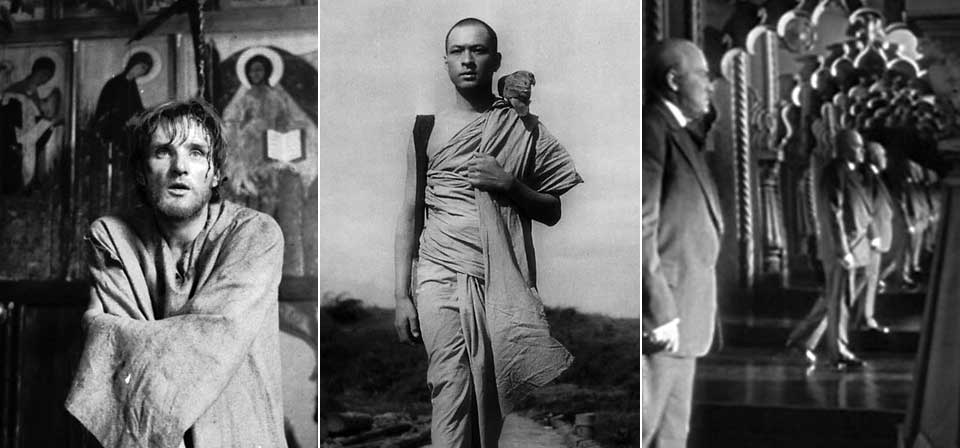
The Vatican Film List
The pope’s remarks were both forward looking, speaking to the potential of cinema to become “a more and more positive factor in the development of individuals and a stimulus for the conscience of society as a whole,” and also historically minded, speaking positively of the praiseworthy contributions of “many worthwhile productions during the first hundred years of [the cinema’s] existence.”
Napoléon (1927)
It is an extraordinary artifact from another culture, a mythology as remarkable and as alien as the Epic of Gilgamesh or the Icelandic Eddas. For students of silent film, this is one of those indispensable landmarks you must see before you die.

Francesco (1989)
How is it, then, that Cavani succeeds in making Francesco neither an attractive hero of secular virtues nor an off-putting champion of spiritual ones? How does she come to make her protagonist off-putting without being otherworldly, earthbound without being attractive?
Ordet (1955)
Ordet means "the word," but what is the word? What is Carl Dreyer’s somber, ponderous masterpiece, adapted from the stage play by Lutheran clergyman Kaj Munk, really about?
Chariots of Fire (1981)
Two very different approaches to religion and sport are at the heart of Chariots of Fire, a period piece that explores timeless themes of temporal ambitions and higher purposes, of commitment and sacrifice, of ability and spirit.
Au Revoir Les Enfants (1987)
Au Revoir Les Enfants, Louis Malle’s semi-autobiographical film about life in a Catholic boarding school for boys in Nazi-occupied France, has been called an elegy of innocence lost, though in fact the youthful characters are never truly innocent, only clueless, and what they lose is not innocence but something more elusive.
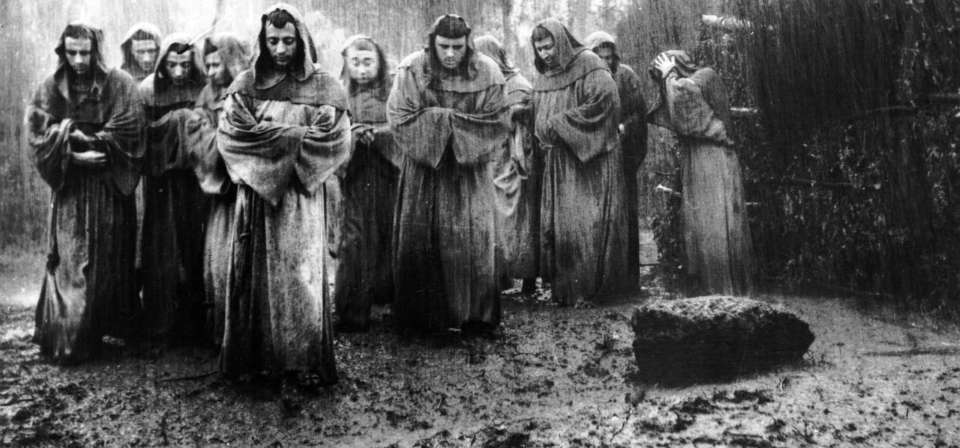
The Flowers of St. Francis (1950)
Rossellini doesn’t cater to contemporary sensibilities by reinventing Francis as a mere eccentric free spirit, a medieval flower child, such as we find in Zefferelli’s Brother Sun, Sister Moon. Francis remains challenging to modern audiences here, his childlike spirit joined to insistence on strict religious obligation and ultimately to zeal for evangelization.
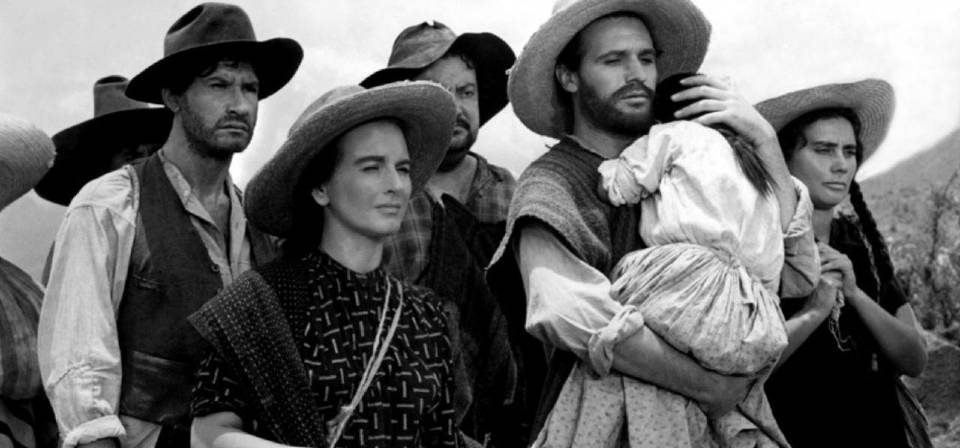
Nazarín (1959)
Buñuel makes his case against faith, not by attacking its foolish or corrupt practitioners, but by arguing that the thing itself, even when lived almost to perfection by a near saint, is moot, even harmful. It may be the most breathtaking cinematic cross-examination of faith I have ever seen.
The Burmese Harp (1956)
Kon Ichikawa’s deeply humane, spiritually resonant masterpiece The Burmese Harp is routinely but reductionistically described as “pacifist” or “anti-war,” though in fact war is merely the occasion for the story’s theme, not the theme itself. That theme is nothing less than the intractable mystery of suffering and evil, an affirmation of spiritual values, and the challenge to live humanely in evil circumstances.
Wild Strawberries (1957)
For Bergman’s protagonist, an elderly doctor named Isak Borg (Victor Sjöström) who significantly shares Bergman’s initials, there is bitter as well as sweet in the fields of his mind. The film is a road trip that is also a journey of self-discovery as Borg is forced to confront his own coldness of heart and need for forgiveness.
The Seventh Seal (1957)
Starkly existential, boldly poetic, slow and grim, Ingmar Bergman’s great classic The Seventh Seal has haunted film aficionados, baffled and bored college students, inspired innumerable parodists, and challenged both believers and unbelievers for nearly half a century.
La Strada (1954)
As yet, I have found no illumination in critical accolades and explanations. No critical account of La Strada I have read has struck me as compelling or illuminating. Pauline Kael famously wrote that the three main characters represent the flesh, the spirit, and the mind. But the same could be said for virtually any trinity of characters, from Lancelot, Arthur, and Guinevere to Kirk, Spock and McCoy to Mr. Toad, Mole, and Rat, and what light this paradigm sheds on this particular story is unclear to me. Alan Stone calls it "a parable about Italy under fascism and the possibility of Christian Salvation," but I can’t see that it has anything interesting to say about this either, or that it says it in an interesting way.
8½ (1963)
Though more of a Fellini skeptic than not myself, I can’t go along with the common opinion that Fellini’s early neorealist-inflected works, culminating in La Strada, are his best, and that the later, increasingly surreal cinema of the gaudy and fantastical represented by 8½; is self-indulgently trivial by comparison.
The Sacrifice (1986)
To “rip open the inconsolable secret,” to awaken the spiritual hunger for something beyond the materialistic scope of our fragmented, desacrilized modern existence, was the burden of Andrei Tarkovsky, cinematic poet laureate of the Russian soul.

Andrei Rublev (1969)
The notion of art as a "religious experience" is sometimes bandied about too freely. Tarkovsky is one of a handful of filmmakers for whom this ideal was no cheap or desanctified metaphor, but literal truth.
Thérèse (1986)
Alain Cavallier’s stark, austere reflection on the mystery of the little saint of Lisieux’s romance with Jesus… is a reverie rather than a meditation, built of fleeting minimalist vignettes, almost snapshots, glimpses of its subject rather than an integral portrait. There is no sense of judgment, of approval or disapproval of its subject’s life, or even, finally, of real understanding. His Thérèse is a riddle, and we must make of her what we can.
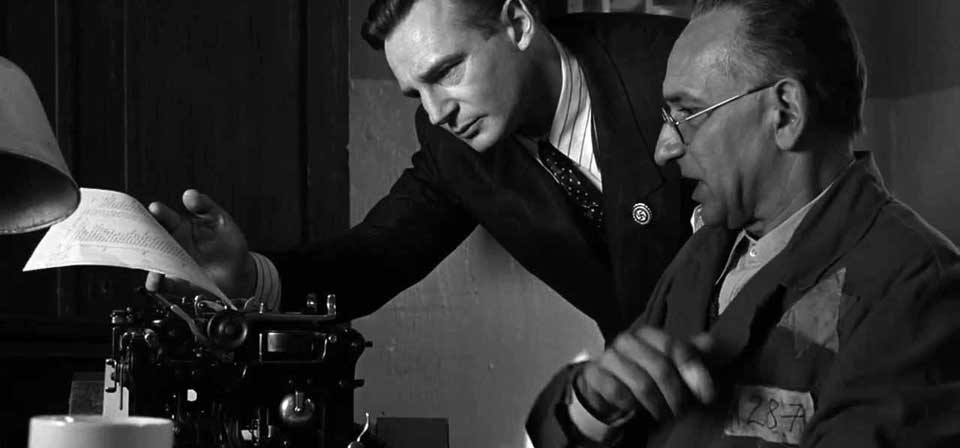
Schindler’s List (1993)
From the armbands to the ghettos, from forced labor to extermination camps and beyond, Schindler’s List covers the successive historical stages of the Final Solution more comprehensively than any other popular film had at the time, or has since. That, in part, is its great achievement — and, for many of its critics, its enduring stigma.
The Tree of the Wooden Clogs (1978)
Critic Dave Kehr of the Chicago Reader calls The Tree of the Wooden Clogs "less an advance over the standard film festival peasant epic than an unusually accomplished rendition of it," and speaks of a "Marxist sentimentalism" inherent in its subject matter and approach. This seems to me misleading. Olmi’s film may be best thought of, not as an attempted advance over the typically Marxist neorealist peasant epic, but as a redemption of it.
Intolerance (1916)
Intolerance is a grandiose composite epic, interweaving four separate morality plays from different eras and settings, from 20th-century America (the "Modern Story") to Old Testament times (the "Babylonian Story"). Rounding out the four are a brief survey of the life and death of Christ (the "Galilean Story" [sic; most of it is set in Judea, not Galilee]) and events from the 16th-century persecution and massacre of Huguenot Protestants under the Medicis, including the St. Bartholomew’s Day Massacre (the "French Story").
Metropolis (1927)
Surreal, sprawling, and operatic, drawing on biblical and medieval Christian imagery as well as H. G. Wells’s The Time Machine, Fritz Lang’s deeply influential pulp allegory Metropolis colonized a new realm of the imagination that has shaped subsequent science fiction from Flash Gordon to Star Wars, from "The Jetsons" to Blade Runner.
2001: A Space Odyssey (1968)
2001: A Space Odyssey doesn’t just depict a quantum leap forward in human consciousness — it practically requires such a leap, on an individual scale, from the viewer. Like the hominid in the first act who looks at a bone and suddenly sees what no hominid has ever seen before, one must watch 2001 in a different way from other films.
Gandhi (1982)
Overshadowing even Ben Kingsley’s astonishing, transcendent performance in his first major screen role is a larger, more formidable presence: that of Mohandas K. Gandhi himself.
Stagecoach (1939)
Stagecoach is not the greatest Western of all time, but has been called the first great Western, and played a key role in the status of the Western as the quintessential American genre.
The Decalogue (1988)
The Decalogue, Kieslowski’s extraordinary, challenging collection of ten one-hour films made for Polish television in the dying days of the Soviet Union, doesn’t answer those questions either. What it does is pose them as hauntingly and seriously as any cinematic effort in the last twenty years.
The Lavender Hill Mob (1951)
Much of the comedy comes from reversal of stereotypes, with the mild-mannered, middle-class Holland aspiring to the role of criminal mastermind, and Holland’s elderly landlady (Edie Martin) knowledgeably conversing with bemused bobbies in street slang learned from dime-store crime fiction. And while the caper-gone-wrong comedy genre has been done to death in recent decades, The Lavender Hill Mob avoids most of what became the clichés of the genre.
Dersu Uzala (1975)
Vladimir Arseniev was an early 20th-century explorer who mapped much of the krai territory of the Russian Far East and studied its indigenous peoples. Based on his memoirs, Akira Kurosawa’s Dersu Uzala tells the story of an unusual friendship between Arseniev (Yuri Solomin) and the nomadic tribal hunter for whom the film is named (Maksim Munzuk).

Citizen Kane (1941)
While working on Citizen Kane, Welles joked that "If they ever let me do a second picture, I’m lucky." He was only half right. He was lucky enough to make many additional pictures, some of them masterpieces in their own right. But the luckiest he ever got, which is more than lucky enough, was getting to make Citizen Kane itself. That unprecedented level of control and magical synergy was a once-in-a-lifetime opportunity — and, to his immortal credit, Welles made the most of it. He made Citizen Kane.
On the Waterfront (1954)
“A Going My Way with substance” is how Elia Kazan’s classic, controversial On the Waterfront was recently described in a lecture at Boston College.
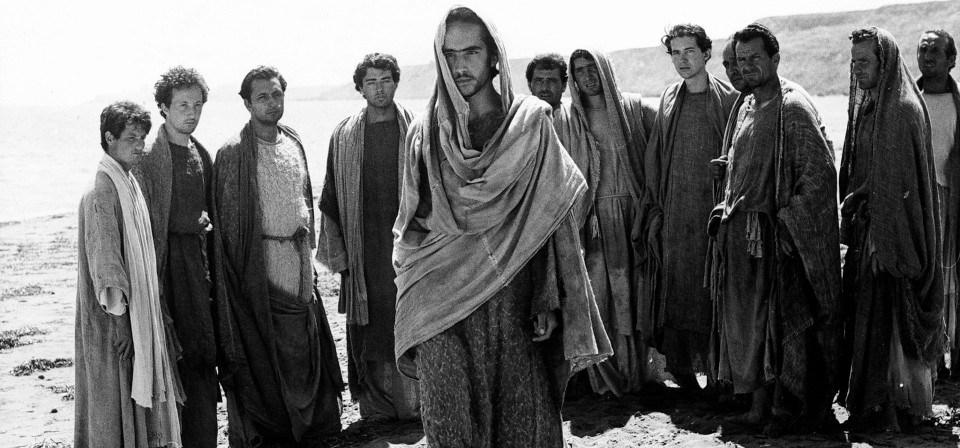
The Gospel According to St. Matthew (1964)
In the end, perhaps the most enduring achievement of The Gospel According to Matthew is an ironic one, given Pasolini’s Marxism: No other life-of-Christ film is so contemplative, inviting the viewer simply to meditate on the life and teaching of Jesus.
Ben-Hur [A Tale of the Christ] (1959)
The grandest of Hollywood’s classic biblical epics, William Wyler’s Ben-Hur doesn’t transcend its genre, with its emphasis on spectacle and melodrama, but it does these things about as well as they could possibly be done.
The Life and Passion of Jesus Christ (1905)
The Life and Passion of Jesus Christ is a remarkable relic from the very dawn of cinema.
Nosferatu: A Symphony of Horror (1922)
Though diminished by decades of pop-horror incarnations, the vampire remains uniquely evocative of both dread and fascination, horror and seductiveness. Monsters from werewolves to Freddy Krueger may frighten, but neither victims nor audience are drawn to them. By contrast, the vampire suggests the horror of evil working on our disordered passions.
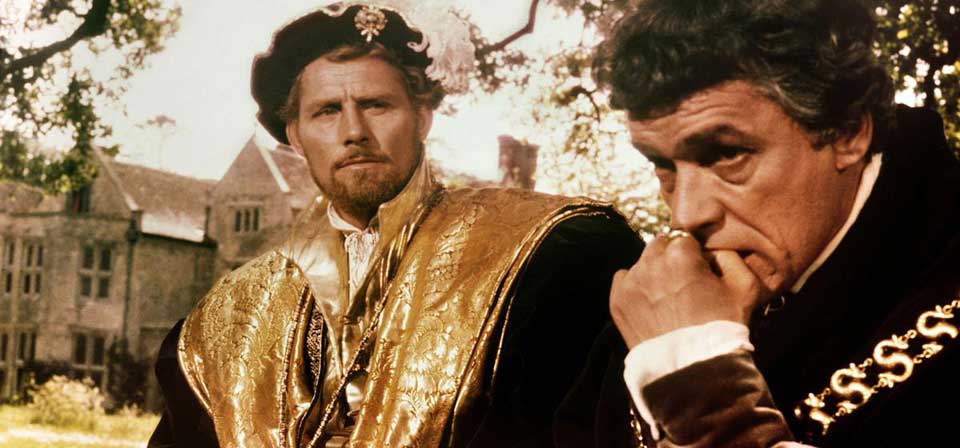
A Man for All Seasons (1966)
The screenplay, well adapted by Robert Bolt from his own stage play, is fiercely intelligent, deeply affecting, resonant with verbal beauty and grace. Scofield, who for years starred in the stage play before making the film, gives an effortlessly rich and layered performance as Sir Thomas More, saint and martyr, the man whose determined silence spoke more forcefully than words, and who then spoke even more forcefully by breaking it.

Modern Times (1936)
Silent films were already old-fashioned and out of vogue in 1936 when Charlie Chaplin completed his last silent feature film, Modern Times, almost ten years after the sound revolution began with The Jazz Singer. A silent film consciously made for the sound era, Modern Times is a comic masterpiece that remains approachable today even for movie lovers raised on computer imaging and surround sound.
The Mission (1986)
From the unforgettable opening sequence, with its stunning depiction of the martyrdom of a silent Jesuit missionary at the hands of equally silent South American natives, the film is shot through with piercing, haunting imagery, pictures of enduring imaginative force.

Fantasia (1940)
If Fantasia failed to spark a hoped-for entertainment revolution, its achievement is all the more starkly singular. A joyous experiment in pure animation, an ambitious work of imaginative power, a showcase of cutting-edge technique, and a celebration of great music, it is without precedent and without rival. I’ve watched it far too many times to count, and I have yet to begin tiring of it.
Babette’s Feast (1987)
In the end, Babette’s Feast is a quiet celebration of the divine grace that meets us at every turn, and even redeems our ways not taken, our sacrifices and losses. Whatever we think has been given up or lost, God gives back in greater abundance, one way or another. It may not be till heaven that we truly become all that he intends; but his grace is here and now, whatever our circumstances, and with him all things are possible.
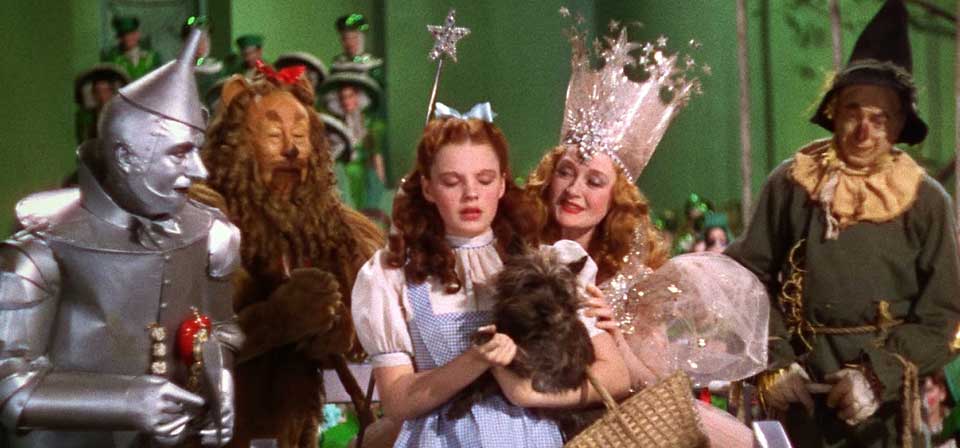
The Wizard of Oz (1939)
The Wizard of Oz is one of a very few shared experiences that unite Americans as a culture, transcending barriers of age, locale, politics, religion, and so on. We all see it when we are young, and it leaves an indelible mark on our imaginations. We can hardly imagine not knowing it. It ranks among our earliest and most defining experiences of wonder and of fear, of fairy-tale joys and terrors, of the lure of the exotic and the comfort of home.
Recent
- Benoit Blanc goes to church: Mysteries and faith in Wake Up Dead Man
- Are there too many Jesus movies?
- Antidote to the digital revolution: Carlo Acutis: Roadmap to Reality
- “Not I, But God”: Interview with Carlo Acutis: Roadmap to Reality director Tim Moriarty
- Gunn’s Superman is silly and sincere, and that’s good. It could be smarter.
Home Video
Copyright © 2000– Steven D. Greydanus. All rights reserved.